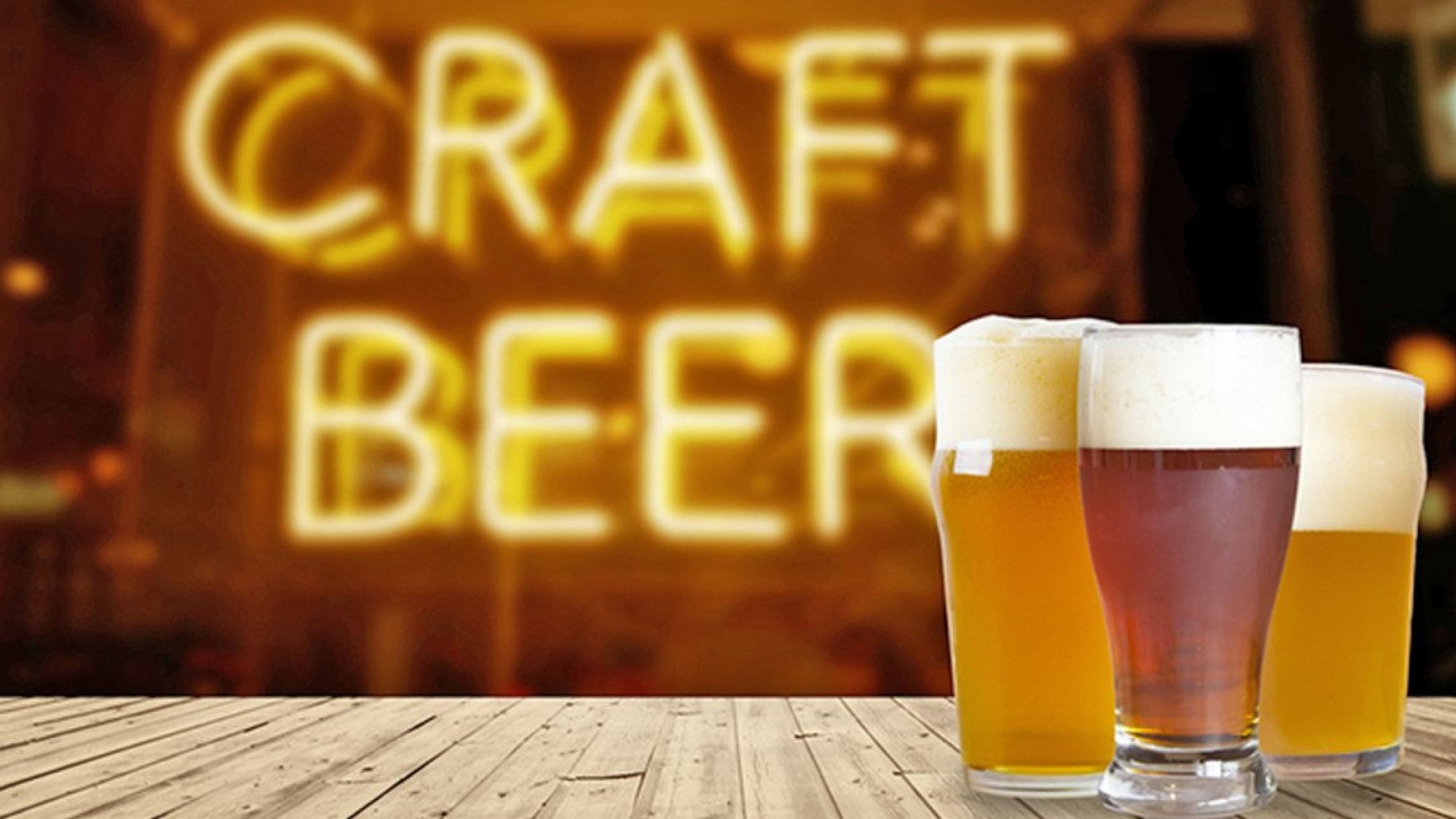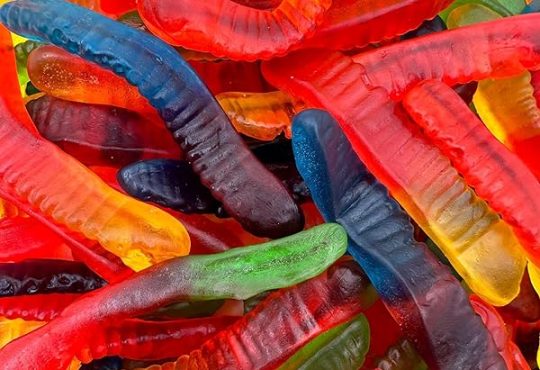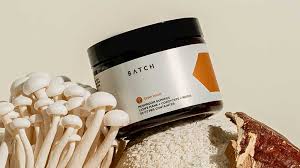
If water is the body of the beer, hops the spice and yeast the spirit – malt has to be the soul. Why? Well, the brewing process gets underway only when malt is added to the water. More importantly, it’s the malt that provides the desired alcohol, sugar and CO2 levels to the brew. Take malt out of the equation, you are left with a bitter liquid devoid of any character.
It’s natural for a beer geek to be curious how the soul takes shape and how it’s injected into your favourite craft beer. Here’s your rundown on all there’s to know about malts. Read on…
- Let’s define it!
Malt is the shorthand for a grain that’s subjected to malting. Malting is a well-defined process, involving germinating and drying of the cereal. The malsters soak the grain in water and expose it to hot air for drying. The idea is to germinate the grain artificially and activate enzymes that convert starches into sugars. Germination lasts for a week until the grain is kiln-dried. It stops germination and keeps the enzymes intact required for converting starches during brewing.
The next step involves curing at high temperatures until the desired colour and moisture levels are achieved. Note that, the curing rate defines the brew’s eventual flavour profile. So, malsters are particular about the curing methodology and duration. The etymology of malt is interesting. It originates from the German word ‘MALTAM’, meaning soft. That’s due to the softening of the grain upon soaking. The word ‘malted’ began to be used for food products since 1945.
- So, what’s the grain?
For most, malt means barley. That’s because barley is the most extensively used cereal for malting and thus, the foundation of the best beer malt. Barley has the right chemistry and biology for malting. It’s rich in diastatic enzymes that you require for converting starch into glucose, fructose and other sugars. The protein and fat content is also low in barley, allowing for those clear and frothy brews. Wheat is the second most common cereal for malting, followed by oat, and rye. Maize and rice are also preferred but primarily for restricting costs. Availability also decides which cereal is used. African brewers prefer Sorghum for this very reason.
- Malt or MALTITUDE?
Base malts, caramelized malt, specialized malts, roasted malts, and so on – malts come in all shapes and sizes. Each type renders distinctive notes to the brew. Sample a few of them.
1. Base malts:
This beer malt type is the backbone of beers across styles, supplying enzymes for the conversion of starch during mashing. Base malts constitute the biggest malt chunk in a beer, from 60% to 100%. The remaining percentage is adjuncts, speciality malts and non-malted cereals.
2. Speciality malts:
Speciality malts are stuffed with lighter malts but comprise flavoured and coloured malts as well. Special attention is on steeping and kilning to derive the required taste, sweetness, hues, and other characteristics. They are categorized as caramel malts, roasted malts and dark malts.
3. Caramel malts:
Usher in an intense caramel flavour, intense hue, mouth feel and a fuller body to the finished pour. The flavour stems from stewing process that succeeds germination and precedes kilning. Often labelled as Caramel 10, 40 and 120 – the numbers represent colour values in Lovibond.
4. Roasted malts:
The subcategory of speciality malts represents malts that are subjected to high temperatures in a roaster. Expect better foam creation, significant bitterness, and multiple flavours and aromas, from biscuit, coffee, toffee to caramel, and more. The roasting process can be adjusted to deliver an equally broad colour range including red, black and golden, among others.




